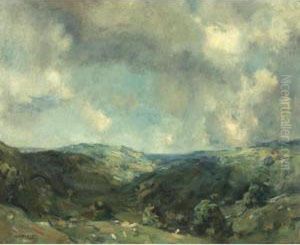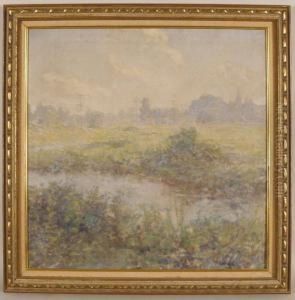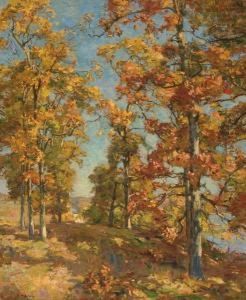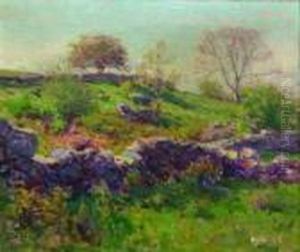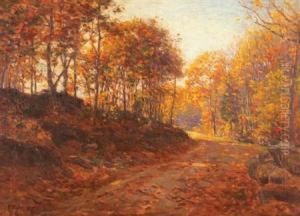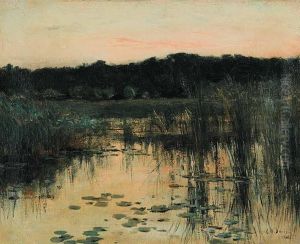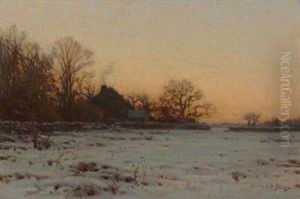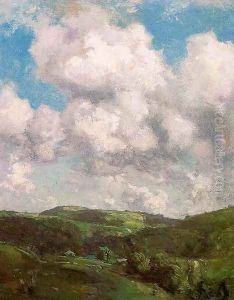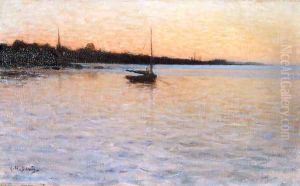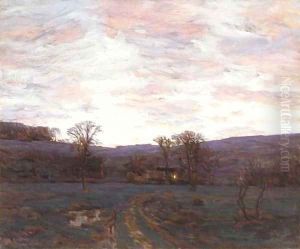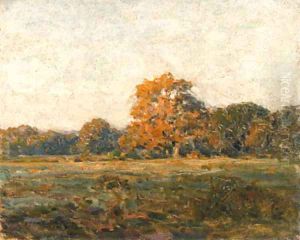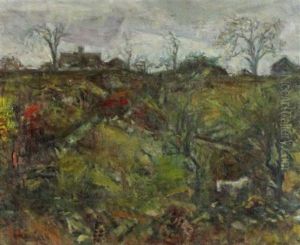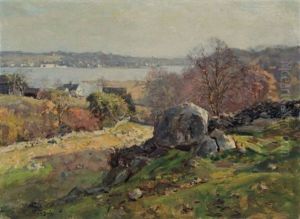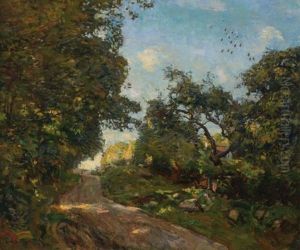Charles Harold Davis Paintings
Charles Harold Davis was an American landscape painter known for his poetic approach to depicting the American countryside. Born on January 7, 1856, in Amesbury, Massachusetts, Davis showed an early interest in art and pursued his passion for painting throughout his life. Initially, he worked in a shoe factory to earn a living, but his dedication to art led him to study in Boston and later in Paris at the Académie Julian under the tutelage of Boulanger and Lefebvre.
His career took a significant turn when he moved to the art colony in Mystic, Connecticut, where he developed his distinctive style. Davis was particularly drawn to the atmospheric effects of light and shade in landscapes, and he often painted the hills and valleys of his adopted home at different times of the day and in different seasons, capturing the changing moods of nature.
Davis's work received recognition in the United States and abroad, and he was awarded medals in exhibitions in Paris, Munich, and Berlin. He was also an active member of the National Academy of Design in New York and served as the president of the Mystic Art Association.
Over the course of his career, Davis transitioned from his early Barbizon-inspired tonalist landscapes, which were characterized by a muted palette and soft focus, to a more impressionistic style that featured brighter colors and a lighter touch. Despite the evolution of his technique, his works remained rooted in a deep appreciation for the serene and sublime qualities of the natural world.
Charles Harold Davis continued to paint and exhibit his work until his death on August 1, 1933. His legacy is preserved through his paintings, which are held in numerous collections and museums, including the Metropolitan Museum of Art in New York and the Museum of Fine Arts in Boston. Davis's commitment to capturing the essence of the American landscape has left an enduring impact on the field of American art.




